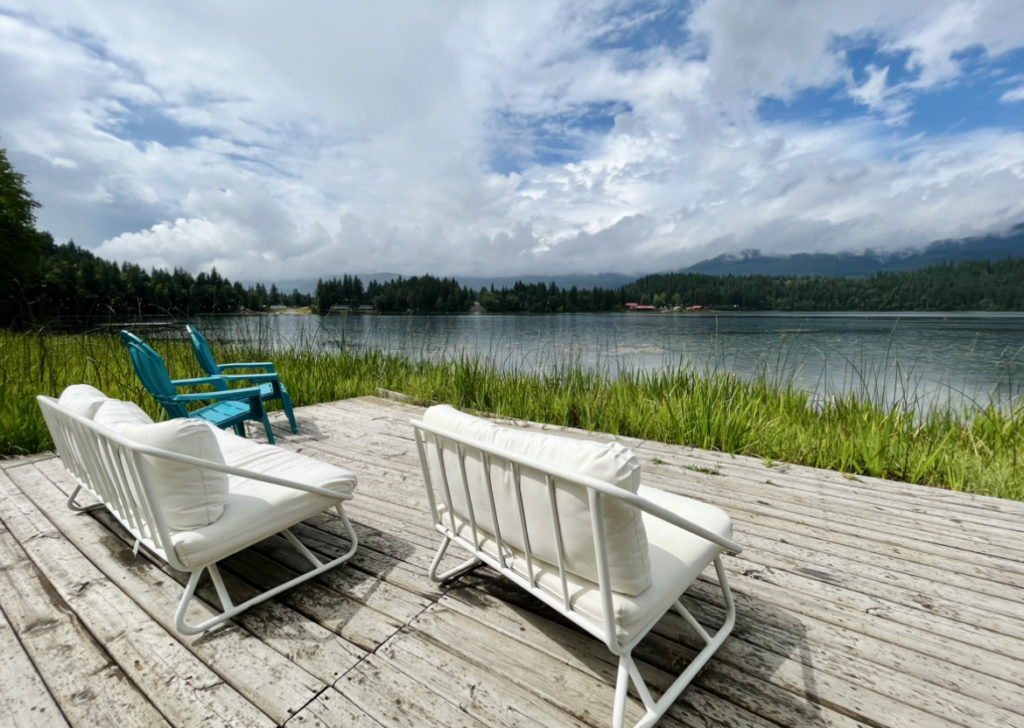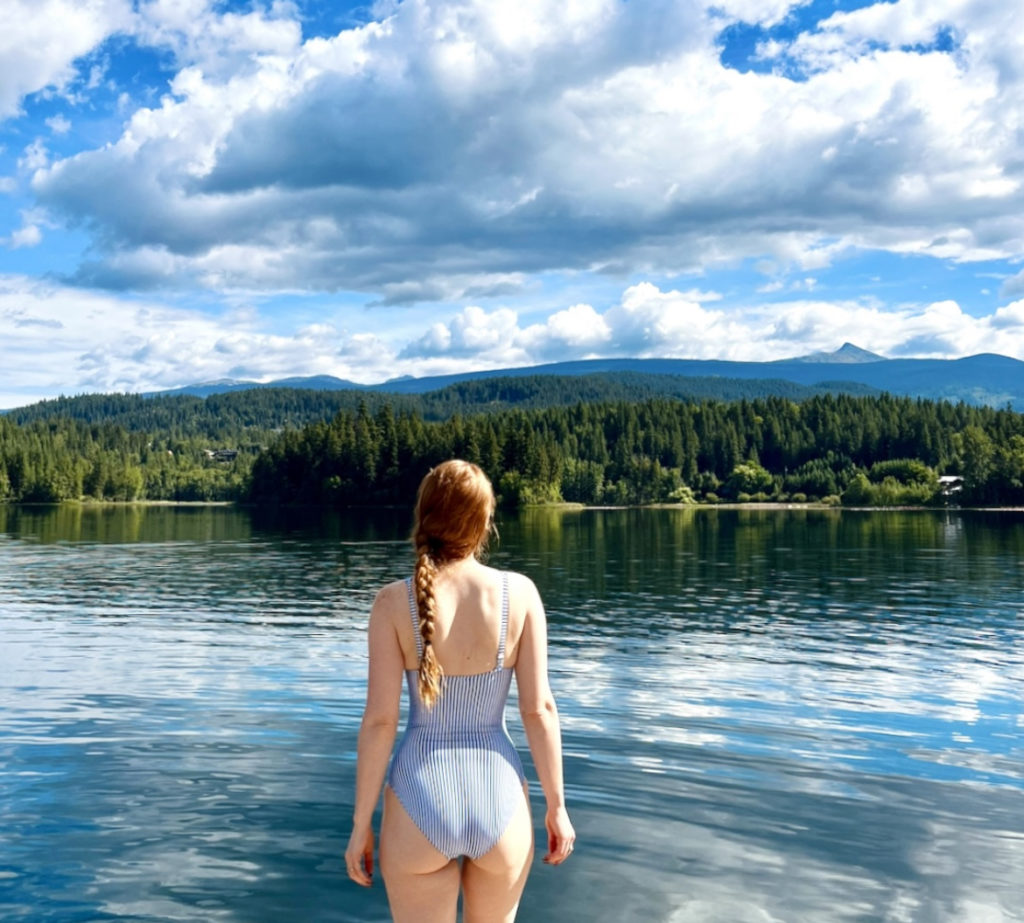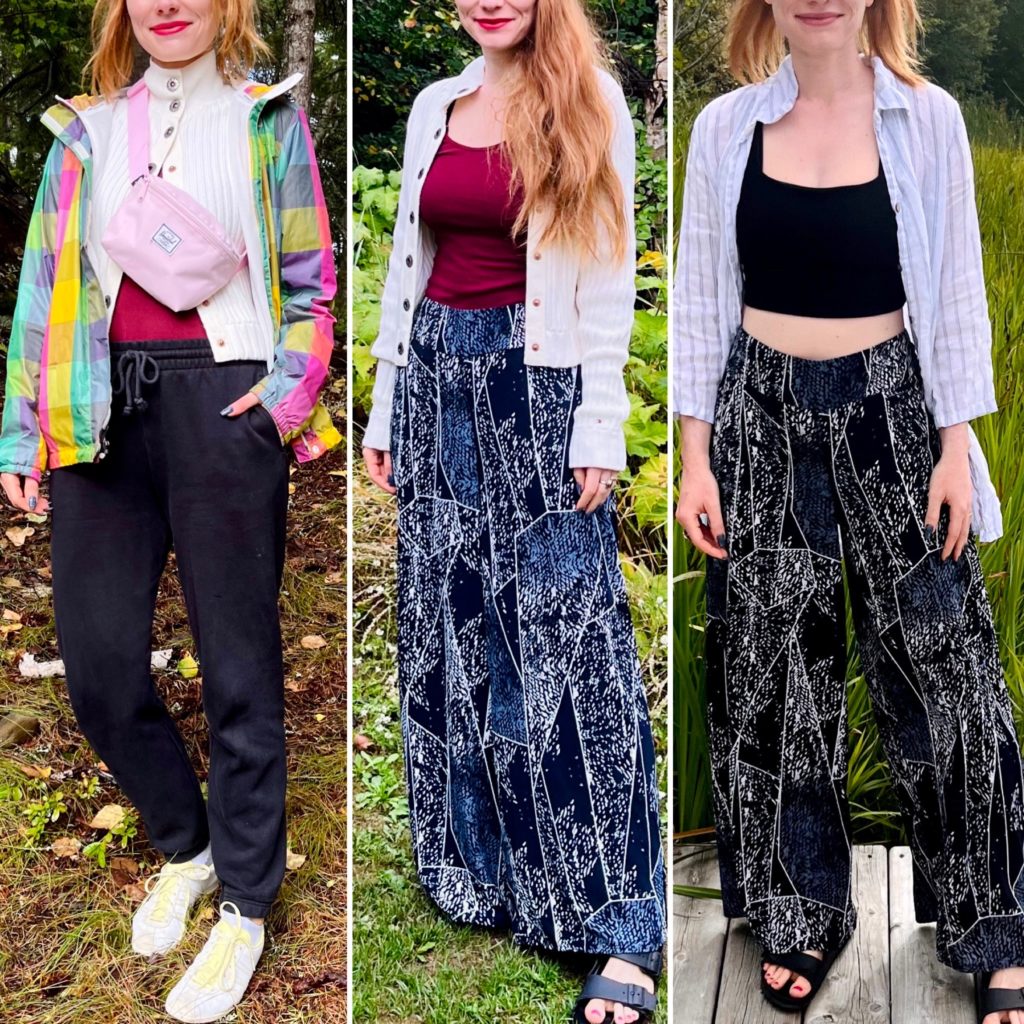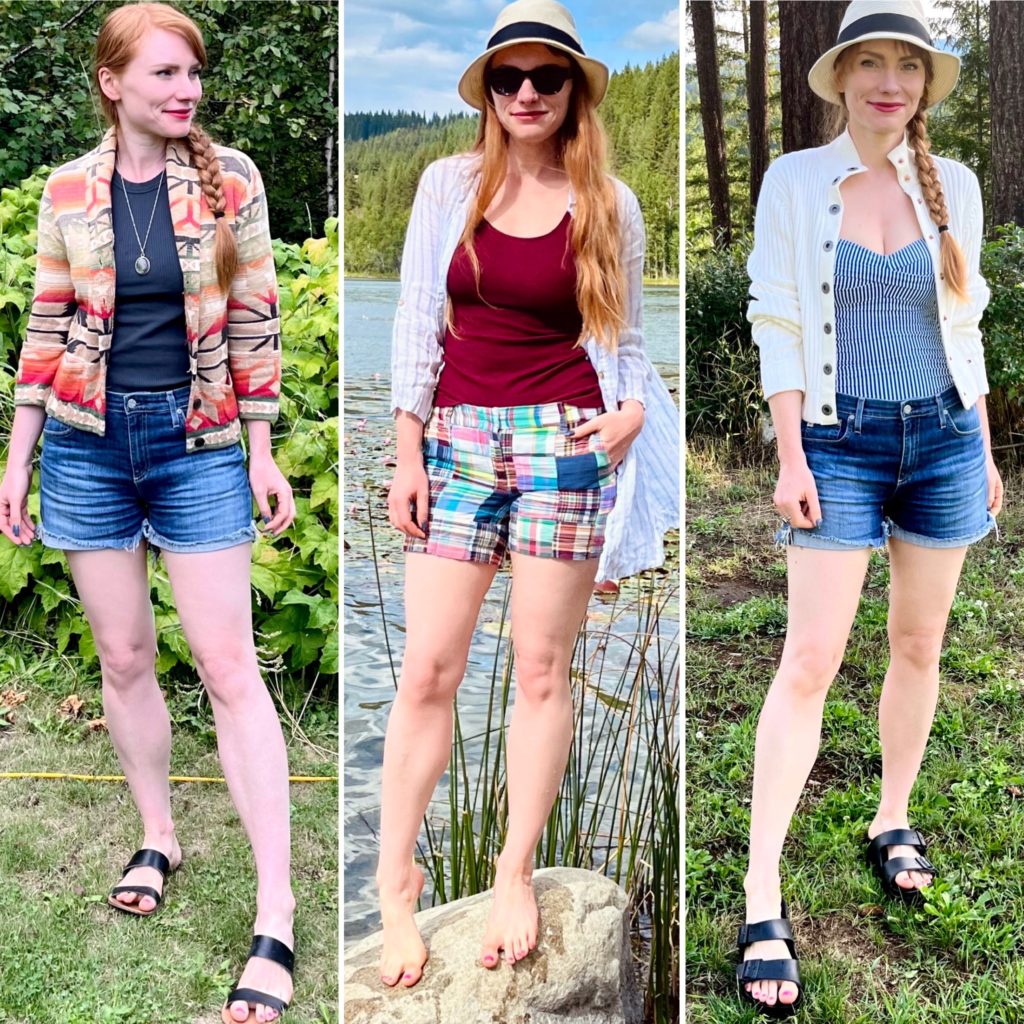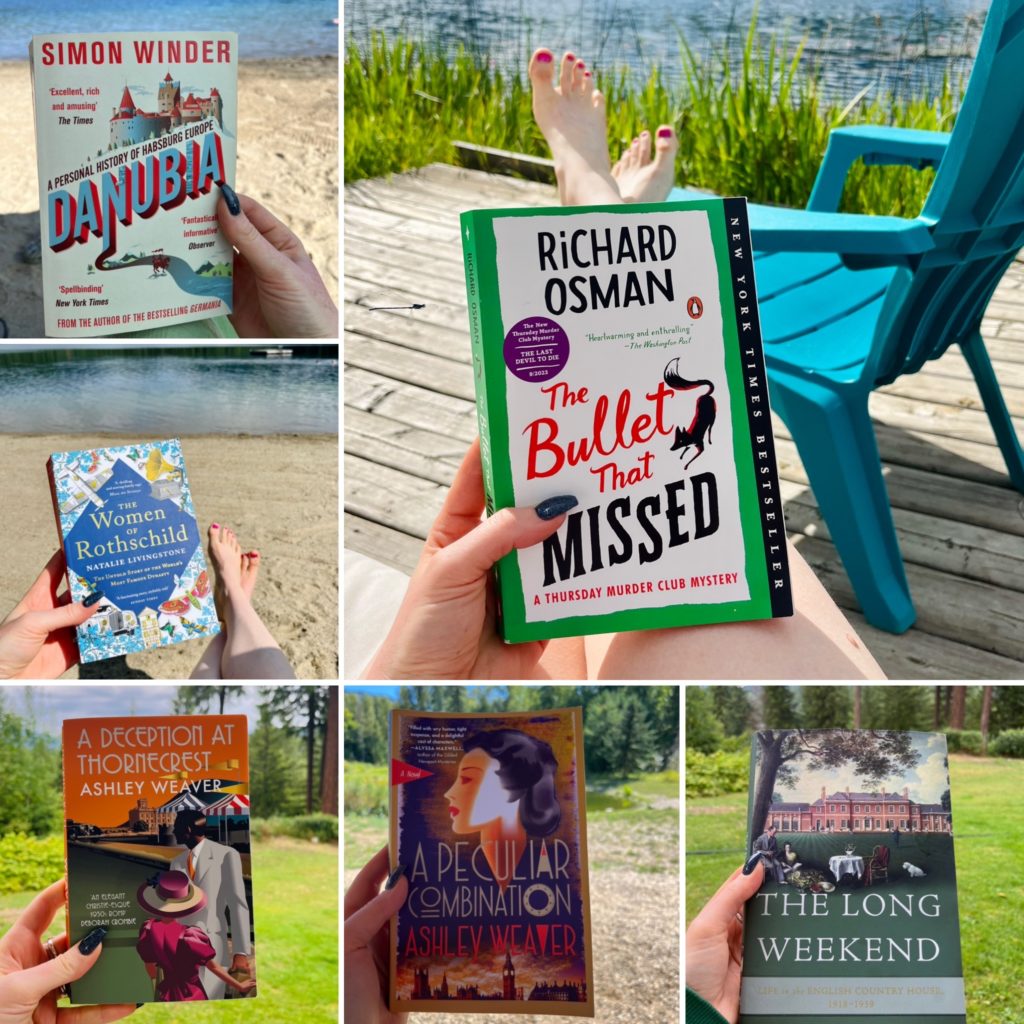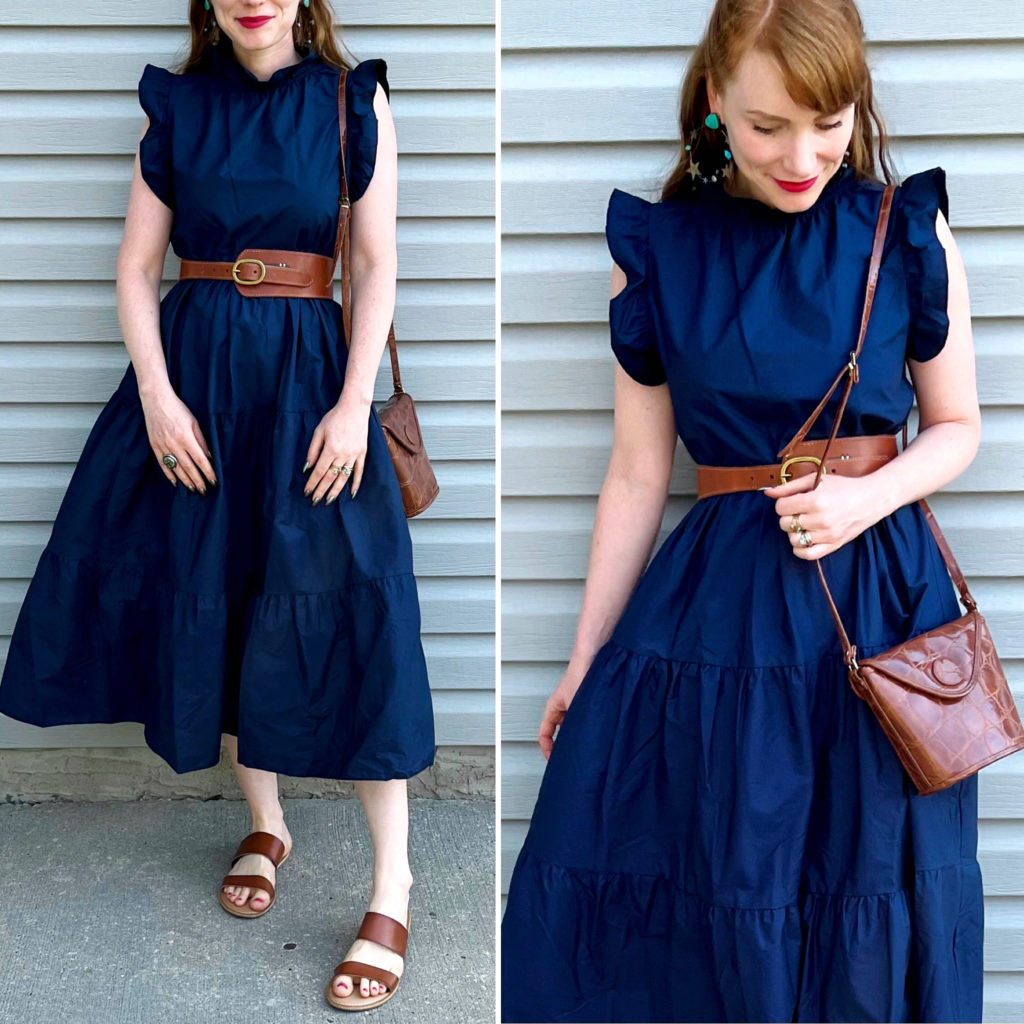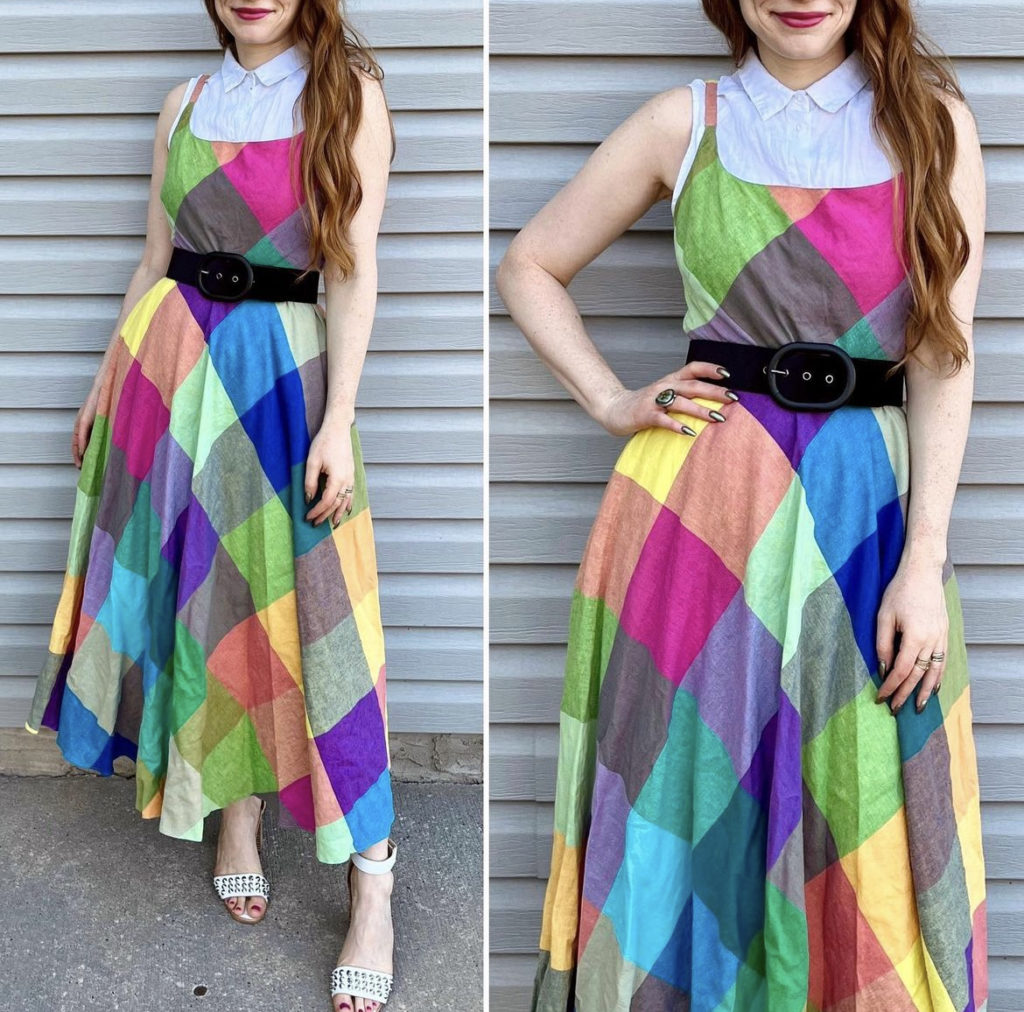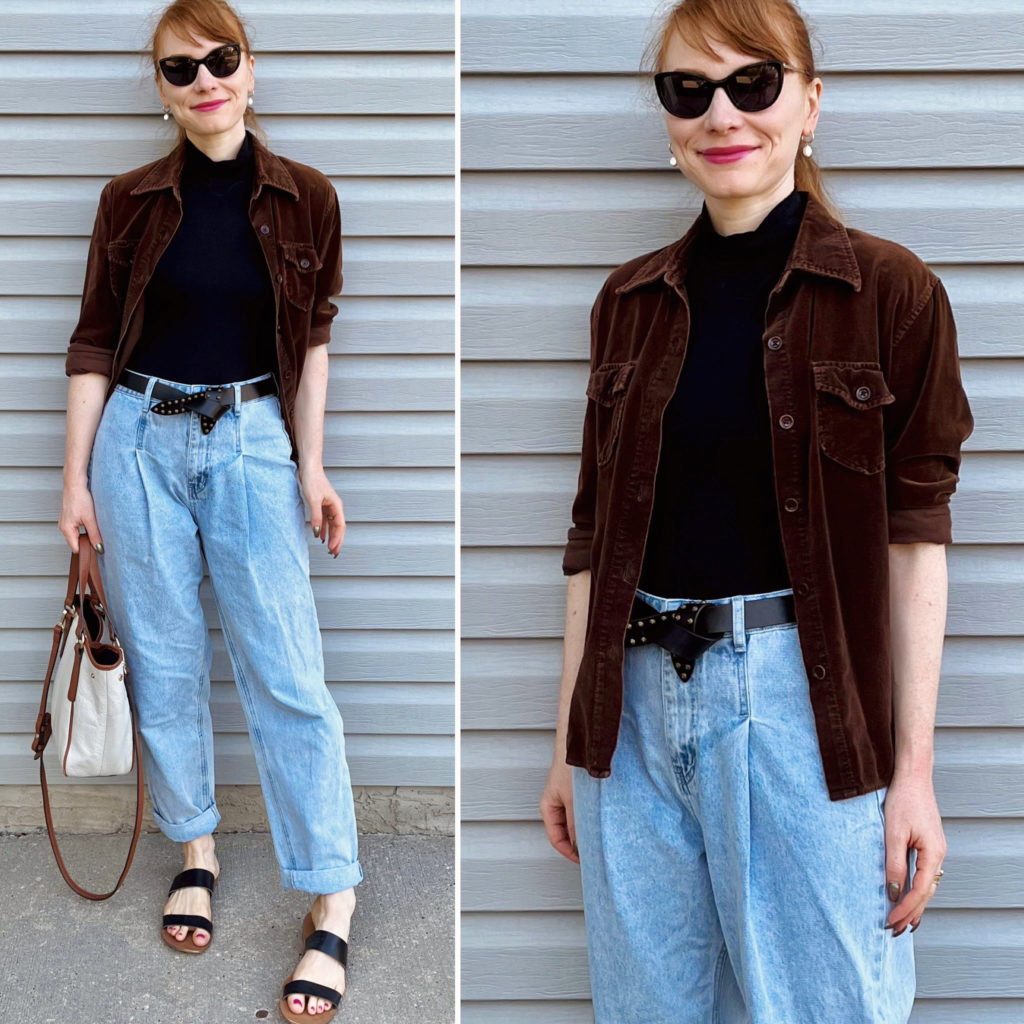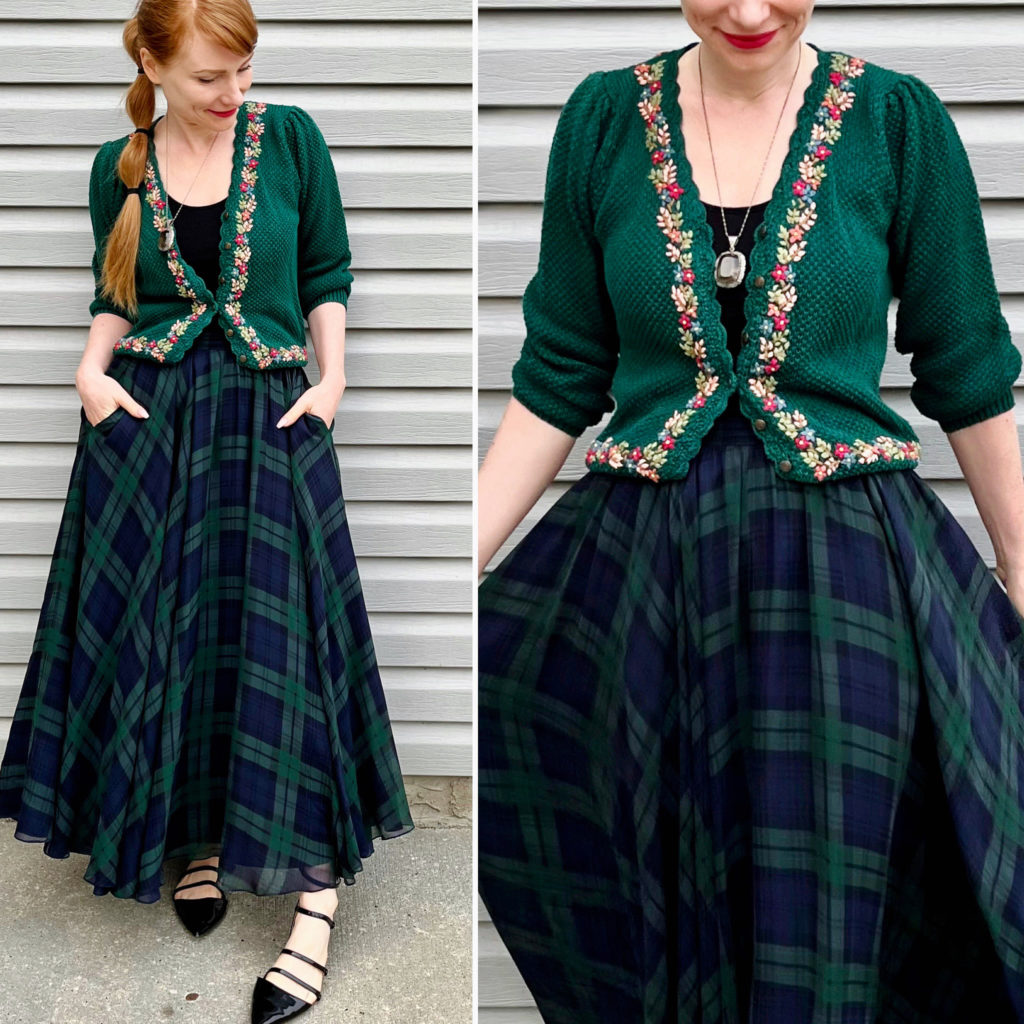For the most part, I’m a solo thrifter; thrifting alone is almost a meditative state for me. But I also enjoy thrifting a deux; a thrifting buddy can make a thrift outing into a whole adventure – in other words, a totally different (but equally enjoyable) experience. My friend J and I have been having a few of those this summer, but recently we decided to take it to the next level … and leave town. Yep, we decided to explore thrifting in a small town. Several small towns in fact, all along Highway 2A. And what an adventure it was!

We started in Ponoka, a place I had never visited before. It turns out, Ponoka is a cute little town! There are TONS of vintage and secondhand shops in the “downtown” area, which itself is pretty quaint. Some are curated boutiques, some are regular (small) thrift shops. All of the ones we visited – Re.Cess Vintage, Molly’s Curiosities, Hamm’s Mercantile, Mission Thrift, Ponoka New & Used – were clean and nicely organized. We spent a few fun hours and still didn’t manage to hit all of the secondhand stores in town; we probably could have made a whole day of it, and it’s something I’m planning to do next summer.
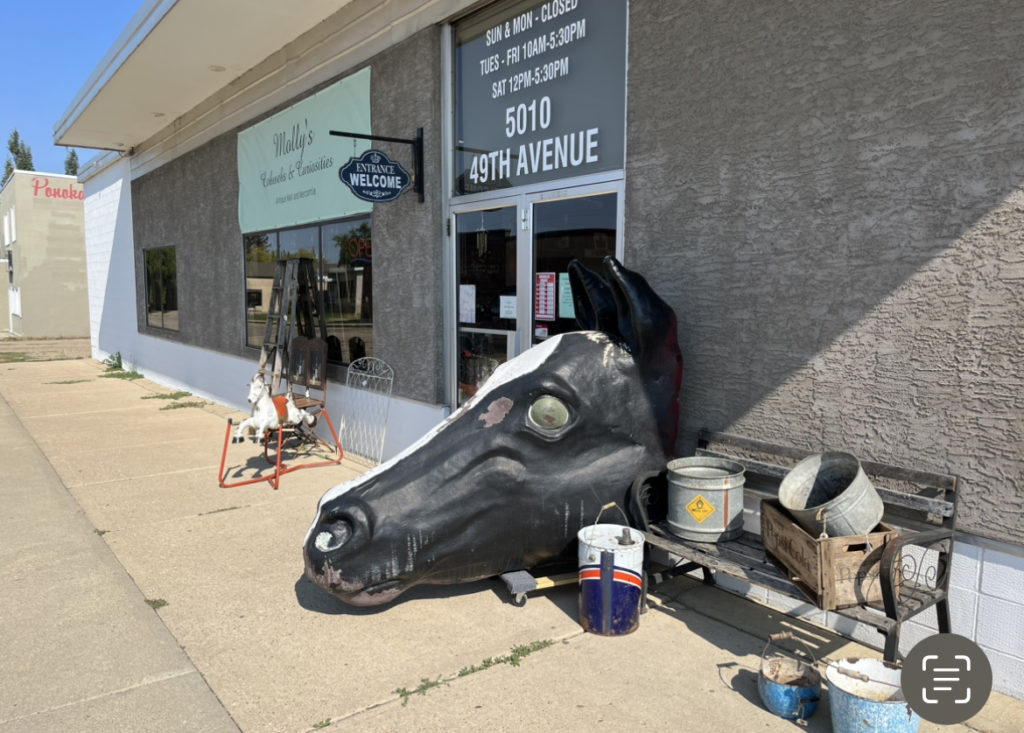
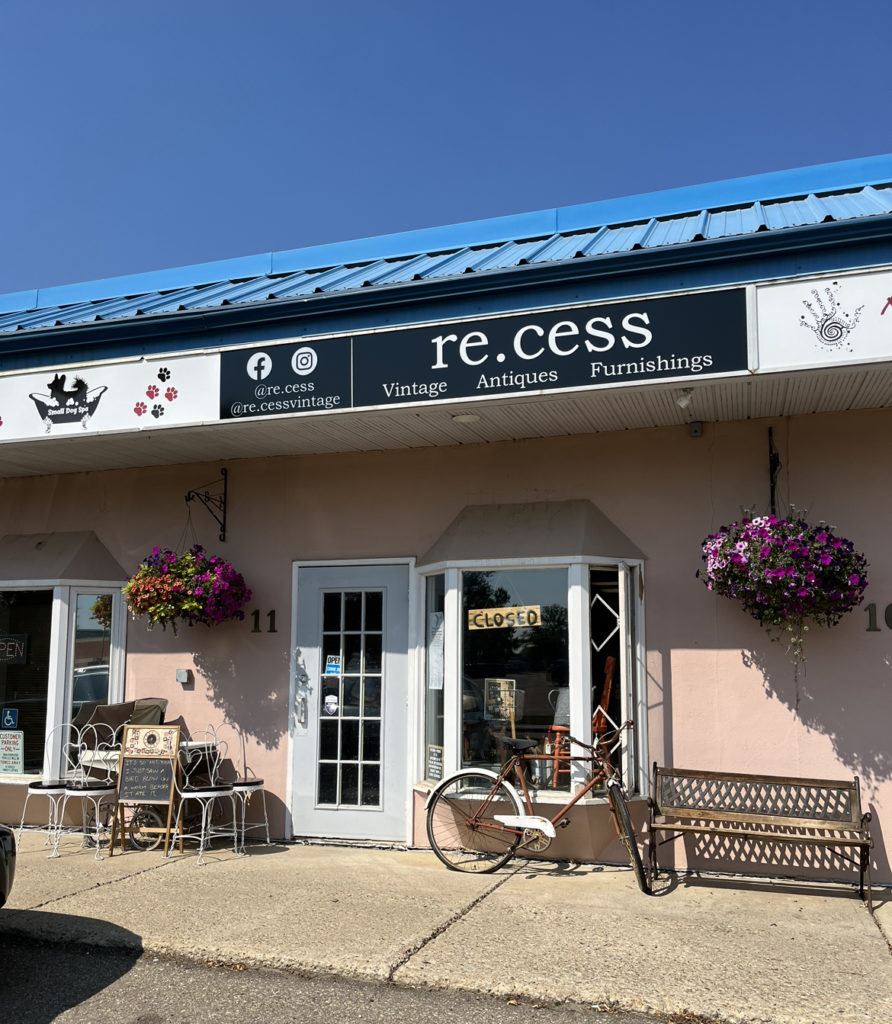
Our next stop was Wetaskiwin; a bigger town but less attractive that Ponoka in my opinion (sorry, Wetaskiwin peeps!). We checked out the Salvation Army store which was a bit of a bust in terms of inventory quantity and quality, but at least offered real bargain prices (lots of $1 items to be found). We also stopped in at the antique mall in the historic downtown, which was very nice – worth a stop if you’re ever driving through town. However, unlike Ponoka, I wouldn’t say Wetaskiwin is a standalone destination for secondhand shopping.
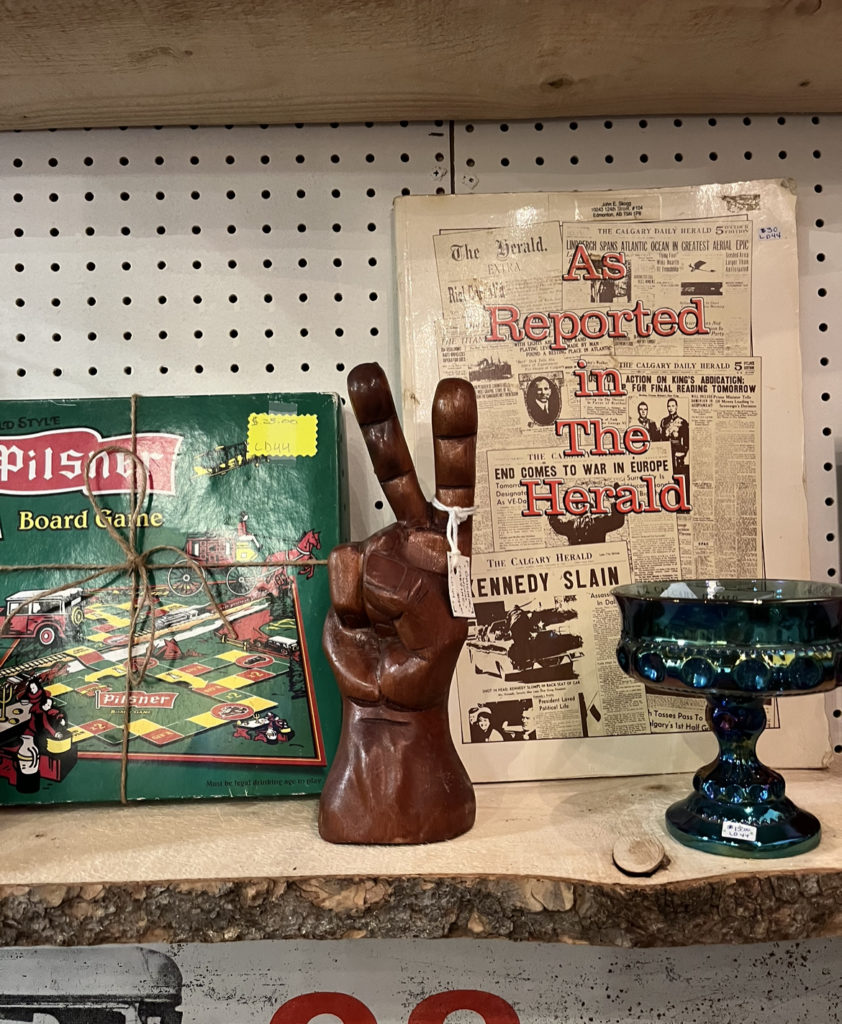
Our last stop on this adventure was Millet. It’s the smallest place we visited, but there are 2 cute shops within walking distance of each other than sell vintage/antiques – Kilborn Antiques and Switchback Mercantile. The former sells mostly antique furniture, home wares and tools; the latter is a mix of gift shop, clothing store, and vintage/antique boutique. Well worth a quick side visit if you’re in the area, especially as they are both located just off Highway 2A.
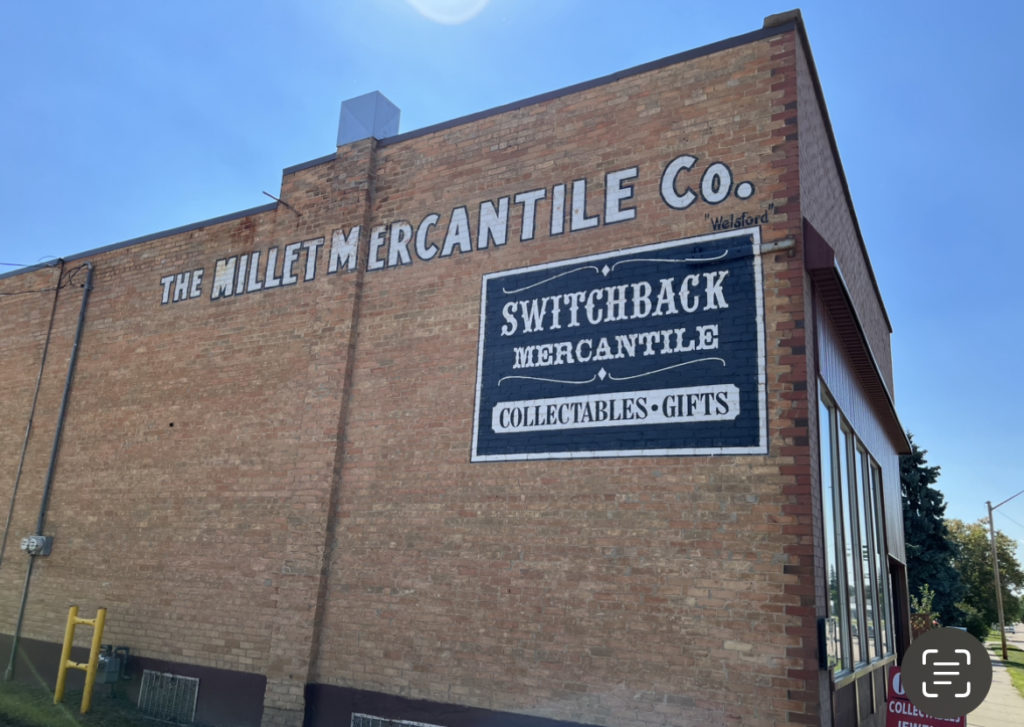
There are differences – some subtle, some not – between my usual thrift experience at chain thrift shops in Edmonton and small-town thrifts and vintage boutiques. First of all, and most obviously, boutiques offer a curated experience. Their inventory has been vetted and selected by people who know their stuff, so there is less “sifting through random junk” on the buyer’s side. Prices reflect this; they include the seller’s time and knowledge involved in sourcing the items. As a dedicated thrifter, I tend not to shop at boutiques a lot because I enjoy putting in my own time (and honing my knowledge) into finding gems so paying extra for someone else to do that is not always worth it. But there are exceptions – I will happily pay a premium for pieces I know are super hard to find.
Small-town thrift stores are different too. Compared to Goodwill or Value Village, the selection tends to be more limited but the prices far better. At Mission Thrift, for example, most clothing was well under $10/piece. Books were $2 and less. Other wares were equally attractively priced. This was the case for all the small-town thrifts we visited. On one hand, there was a fairly limited selection of clothing available, and fewer brand names (although I did find an Armani Collezione blazer in brand-new condition for $2.50!). On the other hand, there is a good chance of quality pieces in other categories, like furniture and textiles. I got this amazing quilted wall hanging for $3!
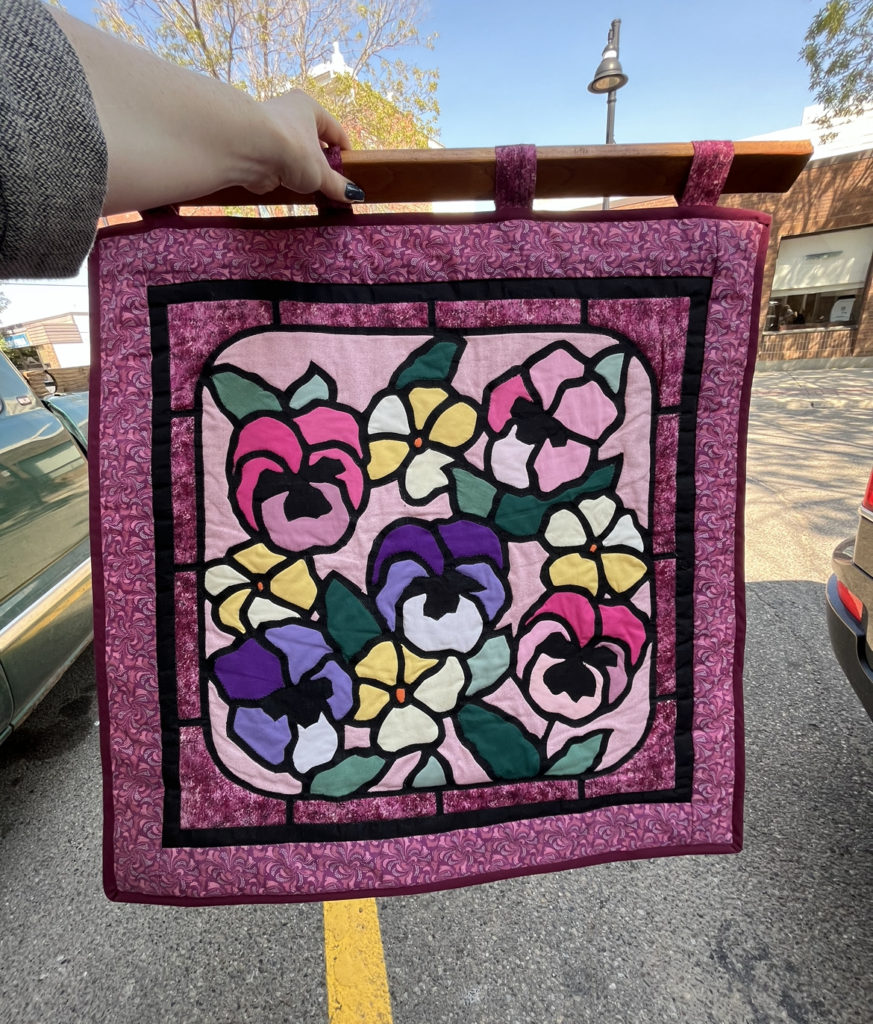
I am hoping to have it upcycled into something fun so stay tuned for that.
My friend and I joked that after our small town thrifting adventures (especially in places like the Wetaskiwin Salvation Army), going to Value Village is like walking into Neiman Marcus. A bougie experience, for sure. But it’s nice to have a chance from time to time, and small town thrifts offer their own attractions. We had such a great time that we’re planning to do something like this again, hopefully before the summer’s over.



